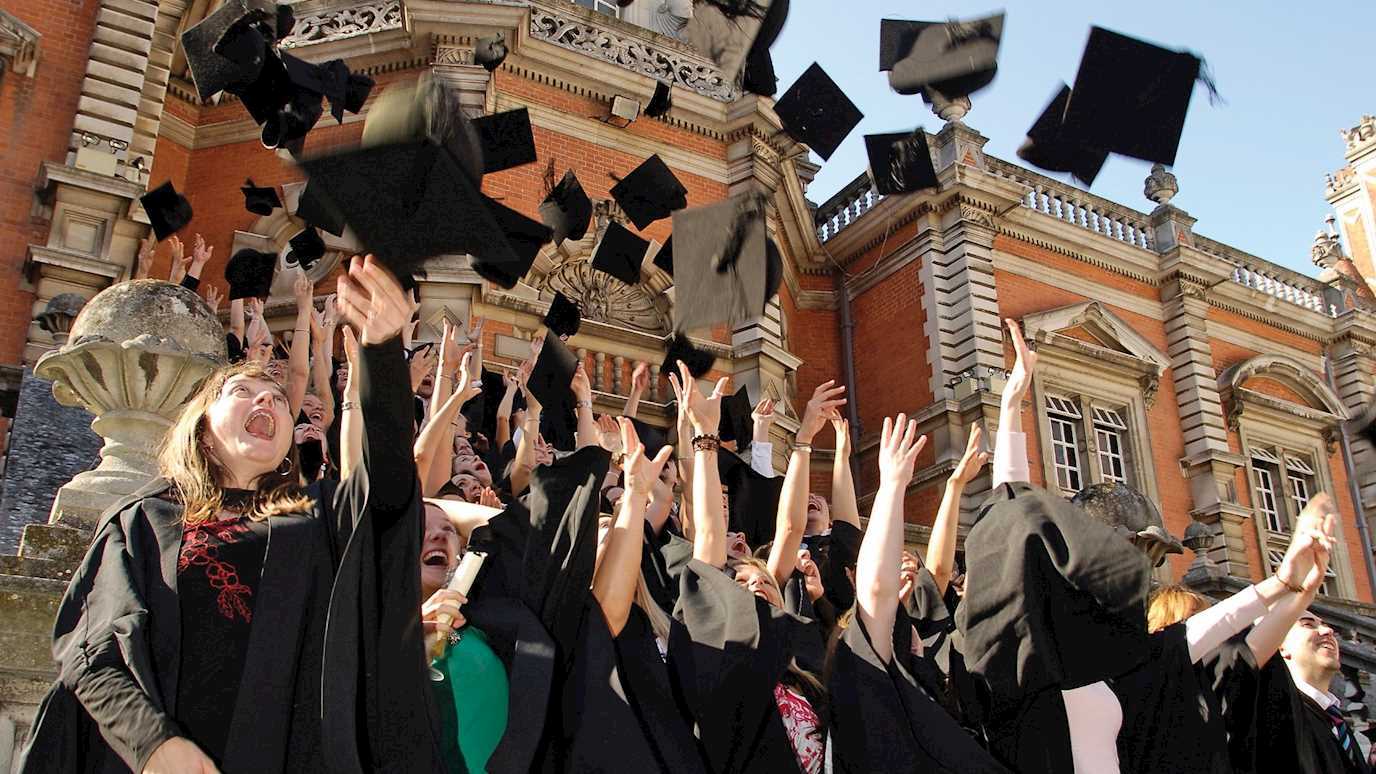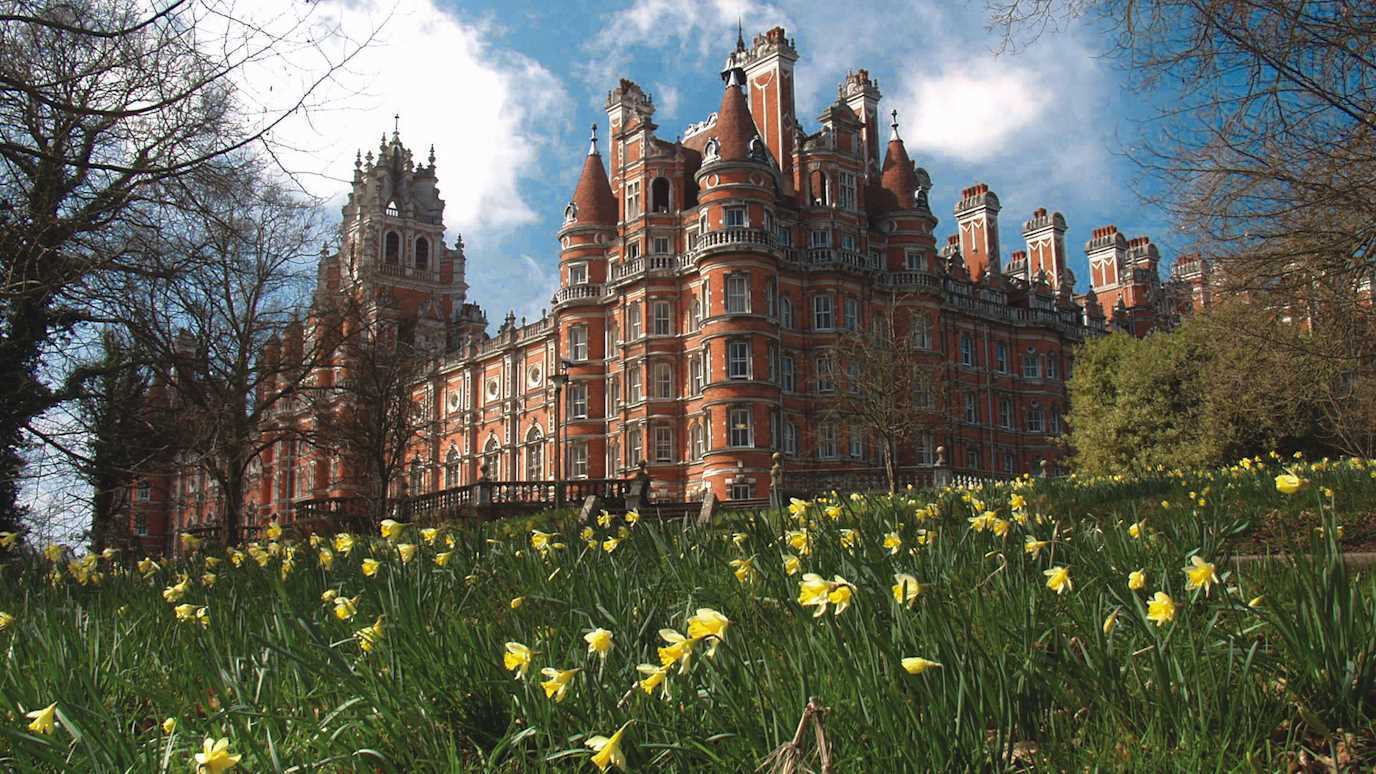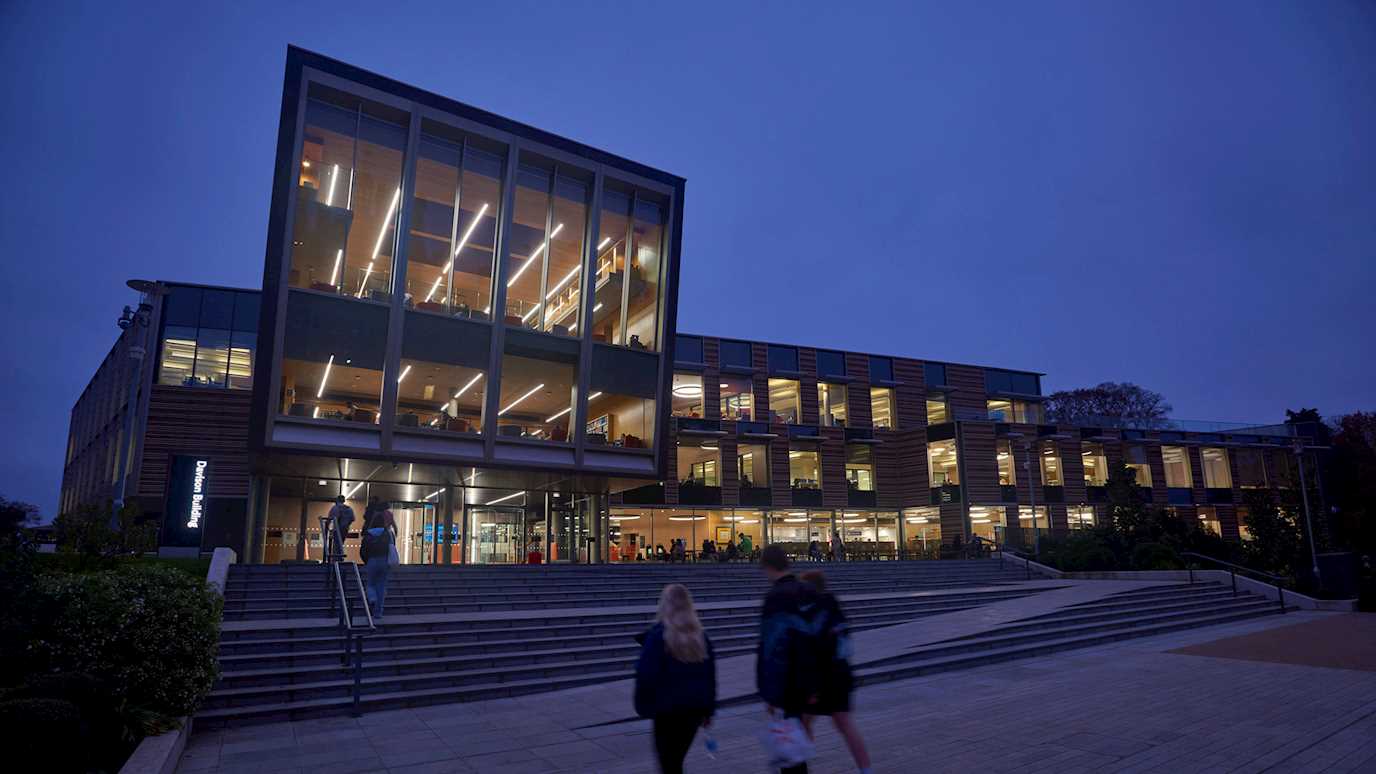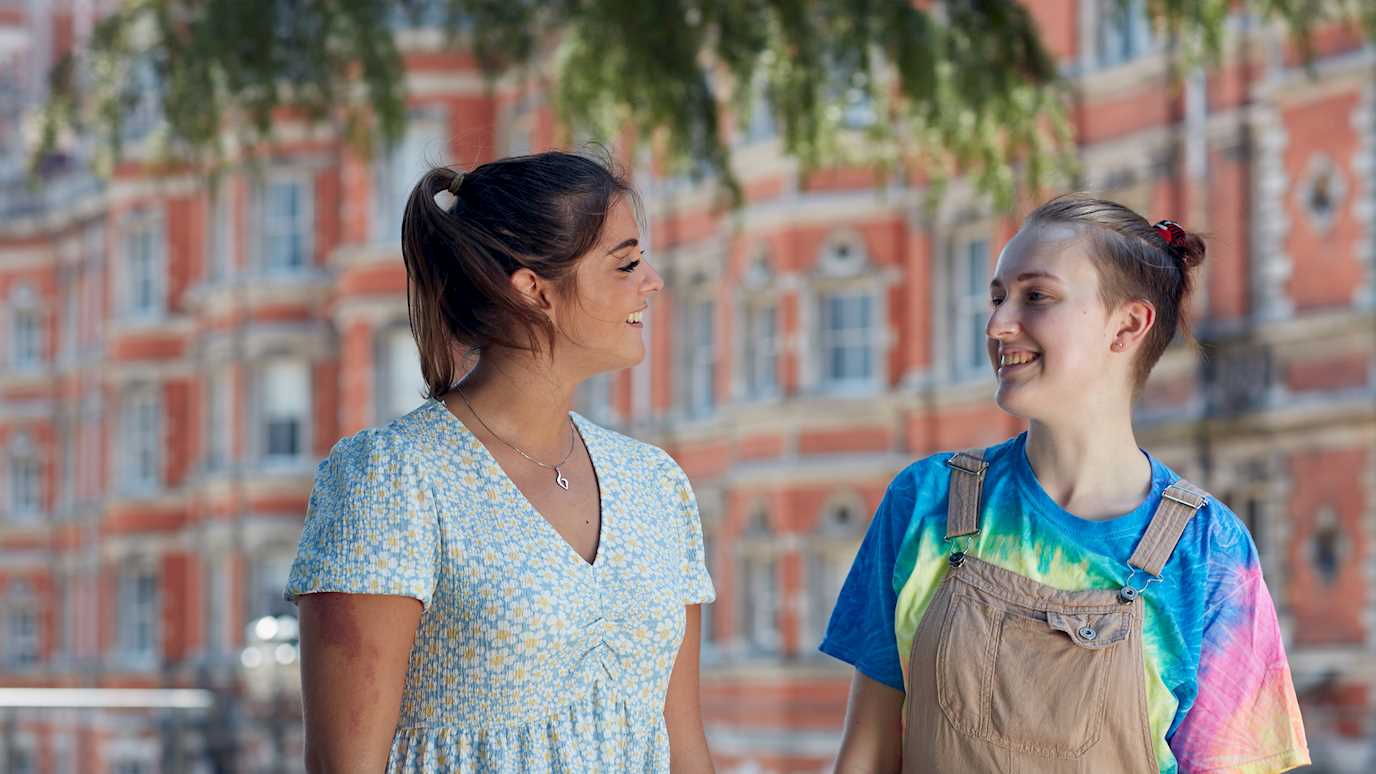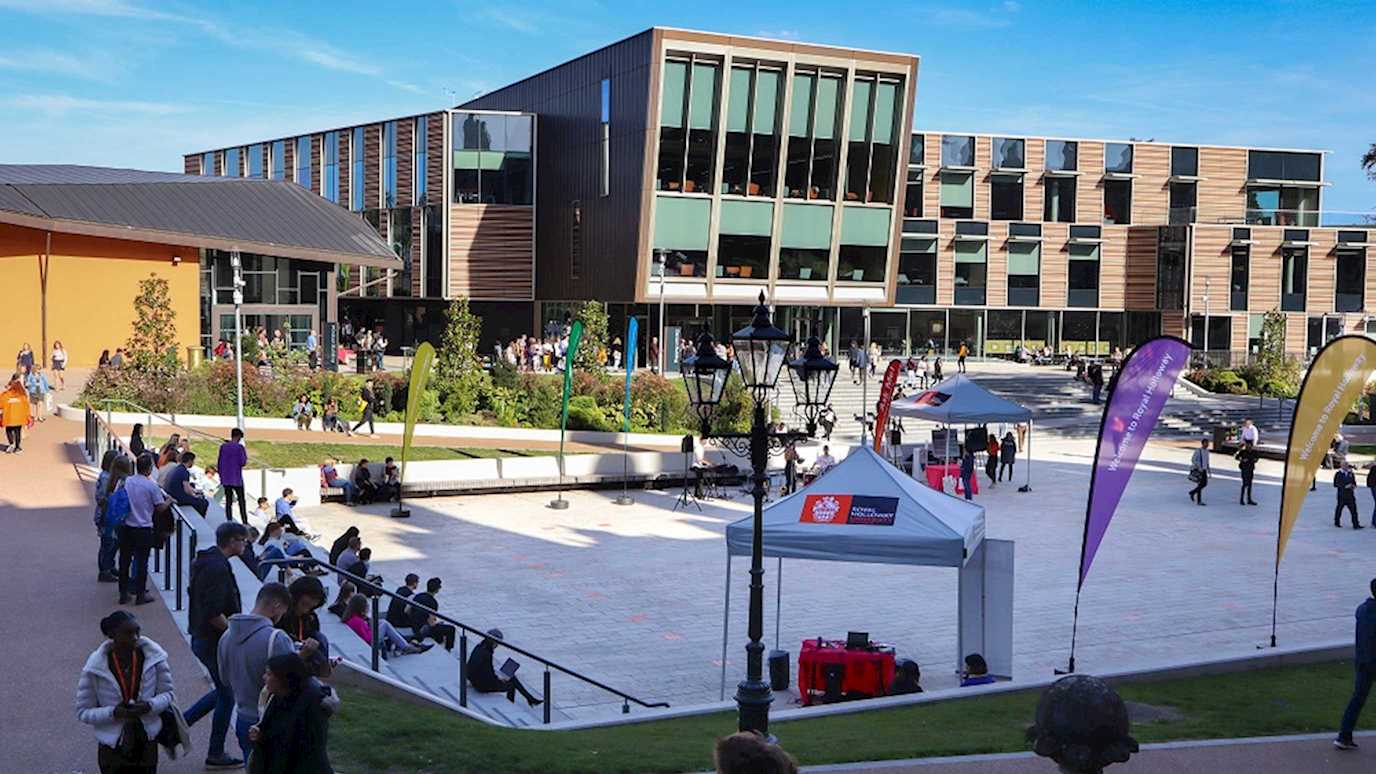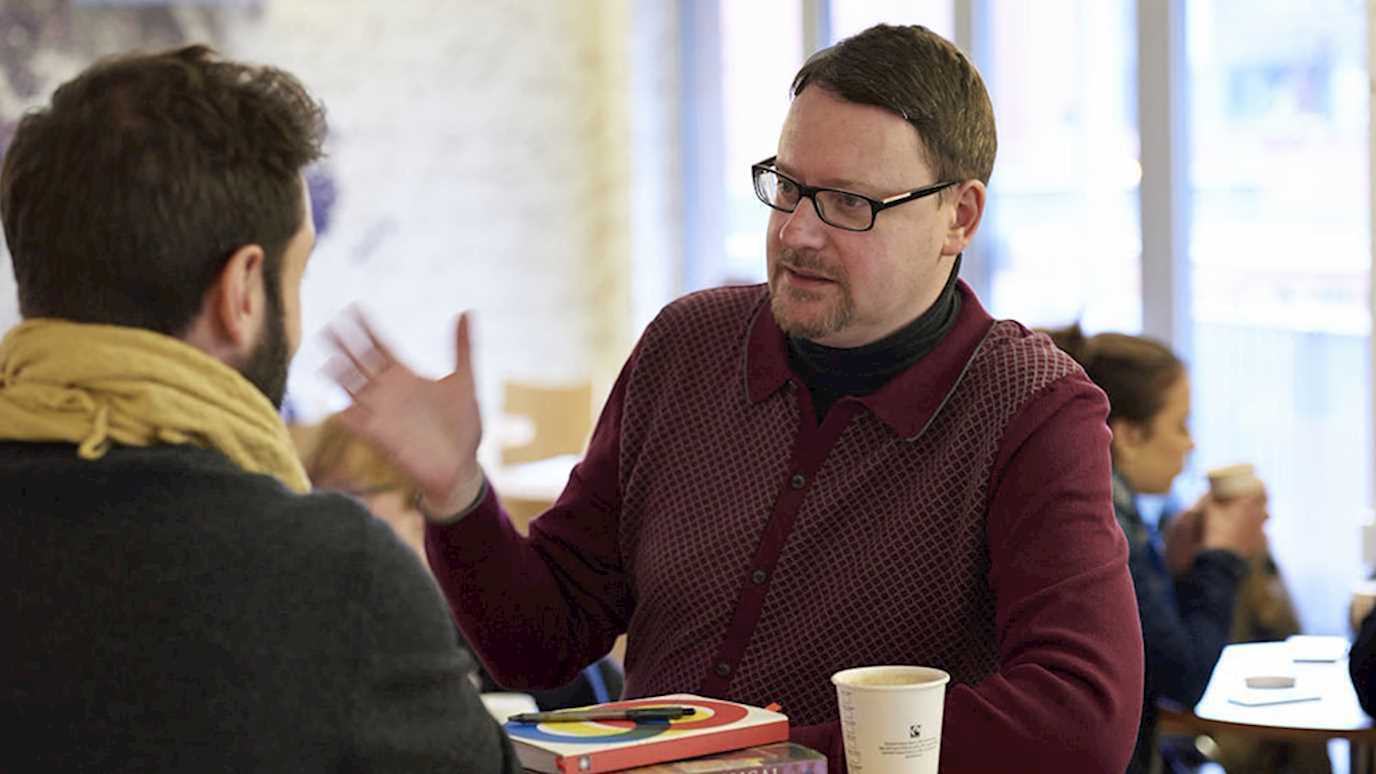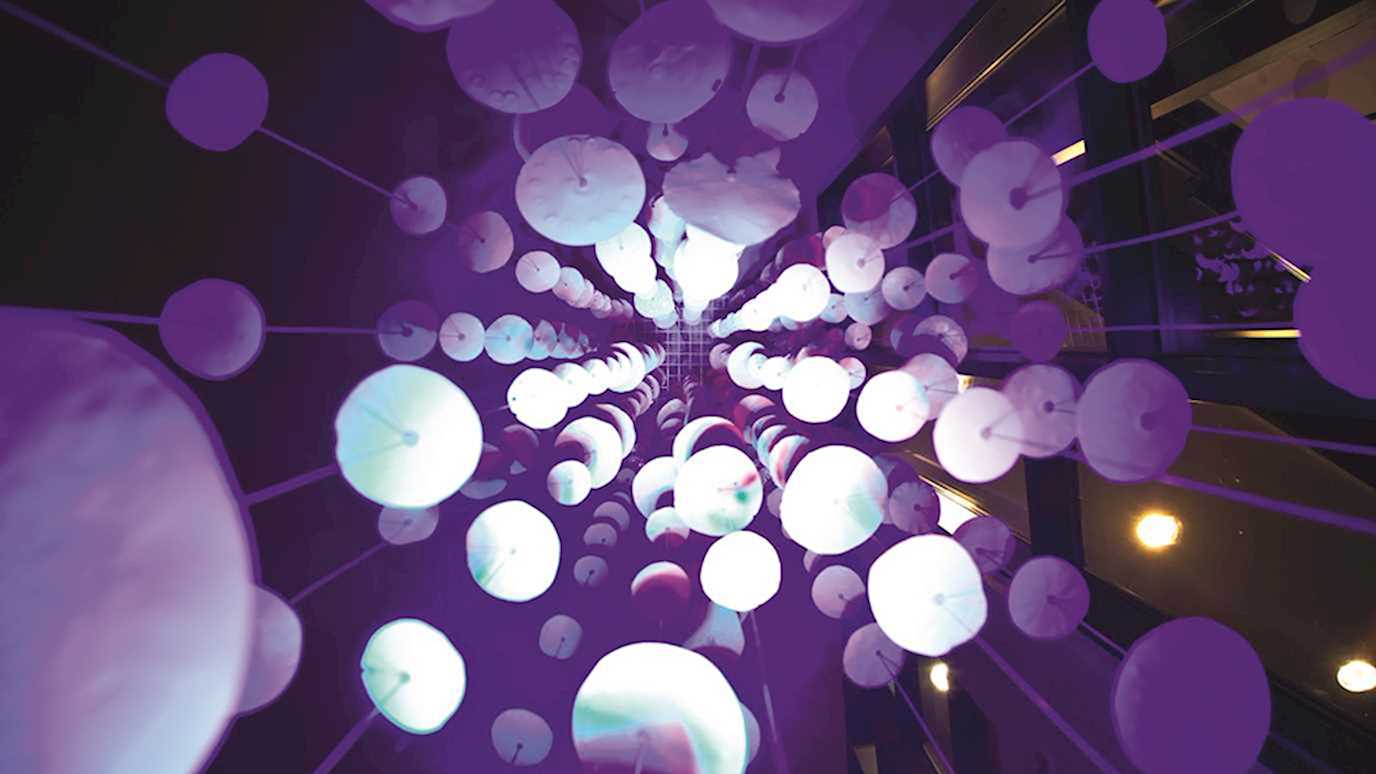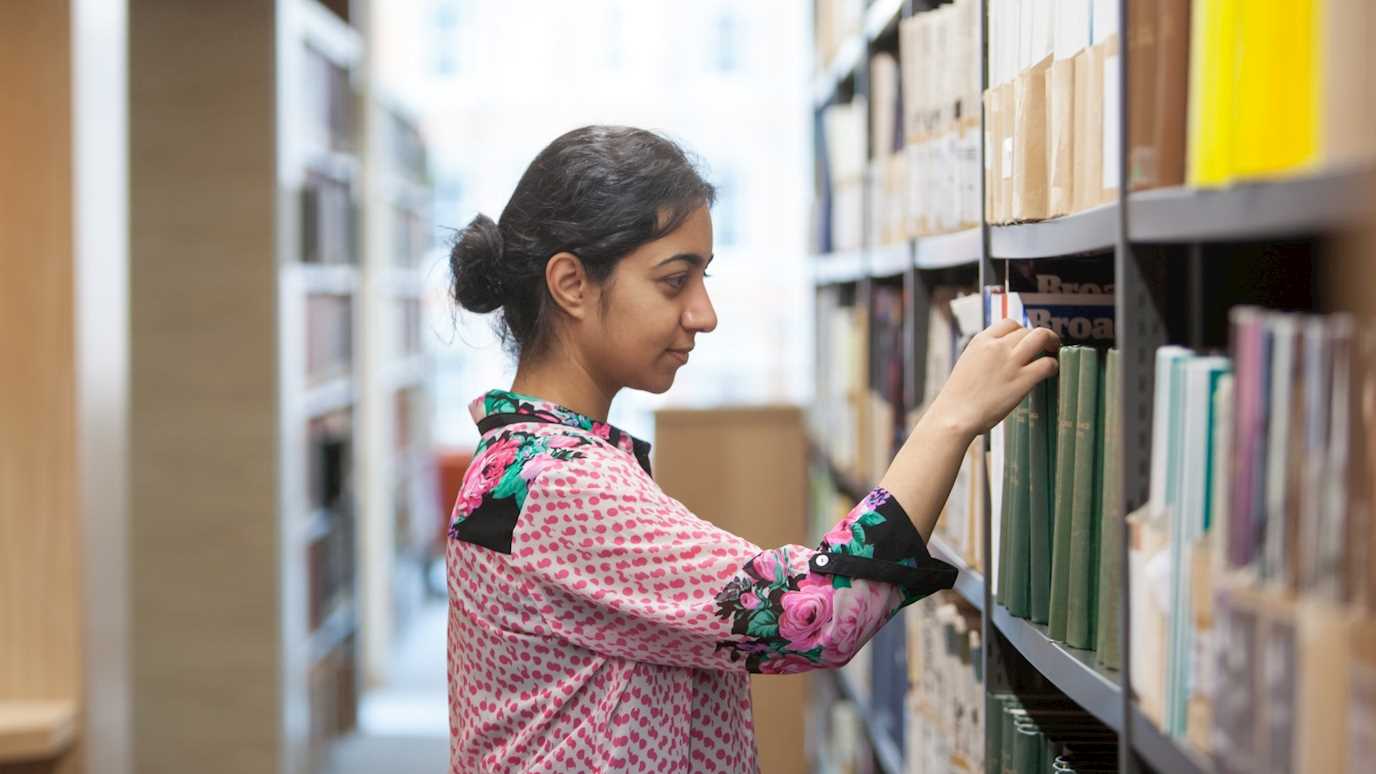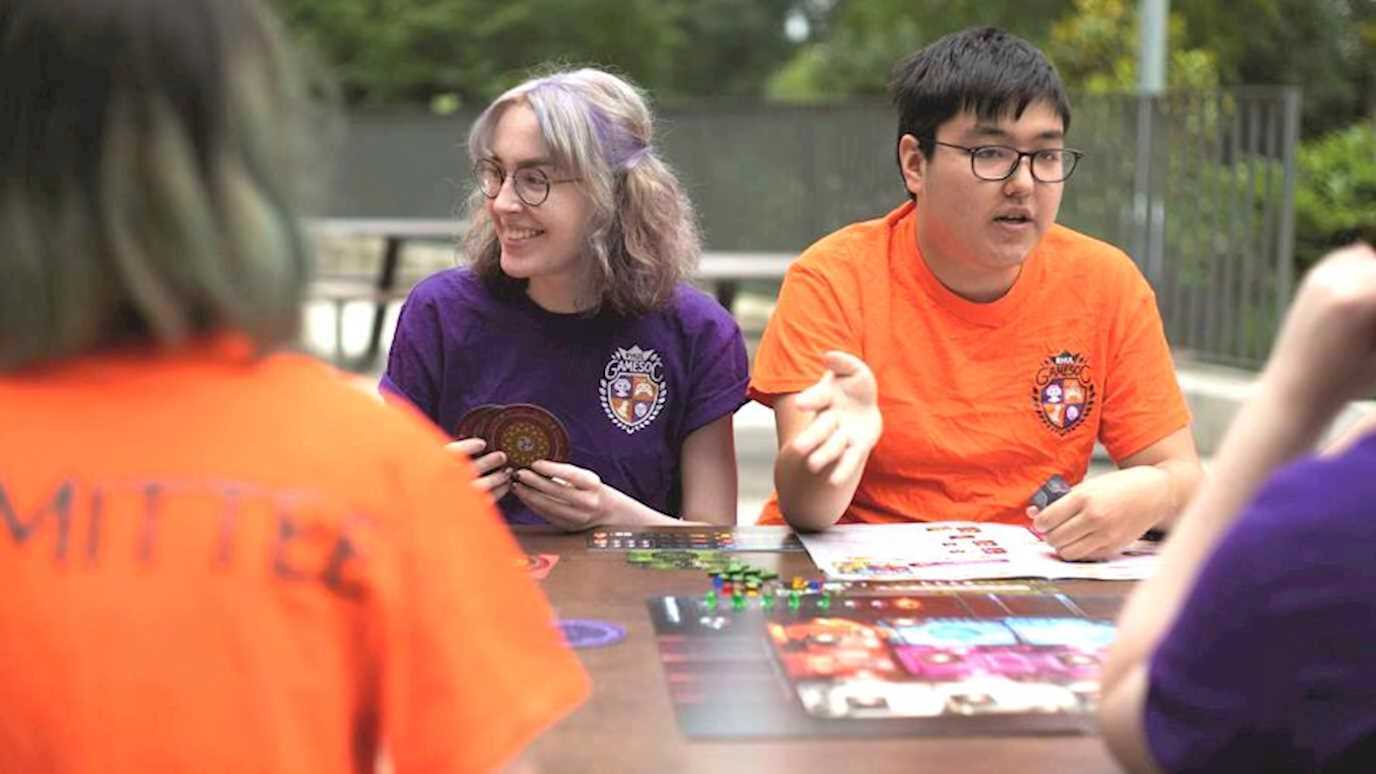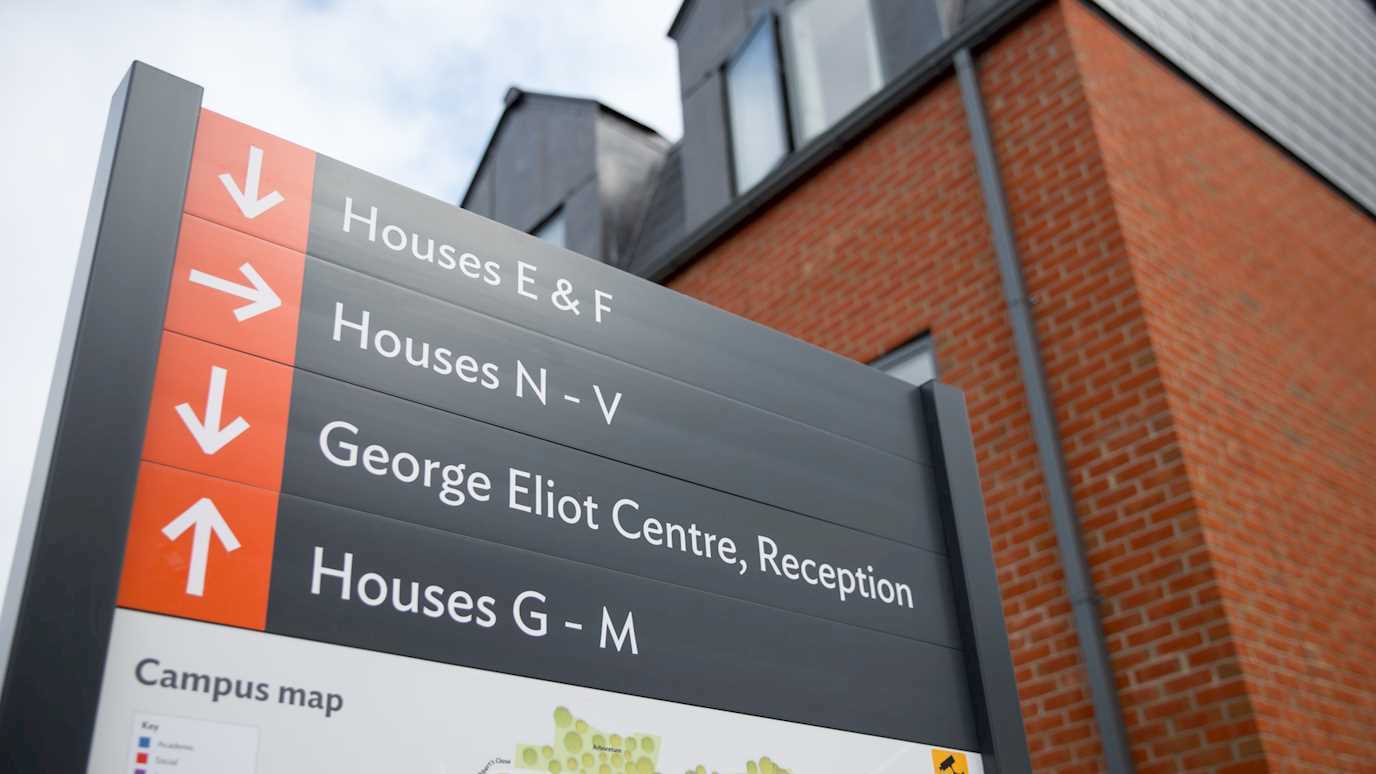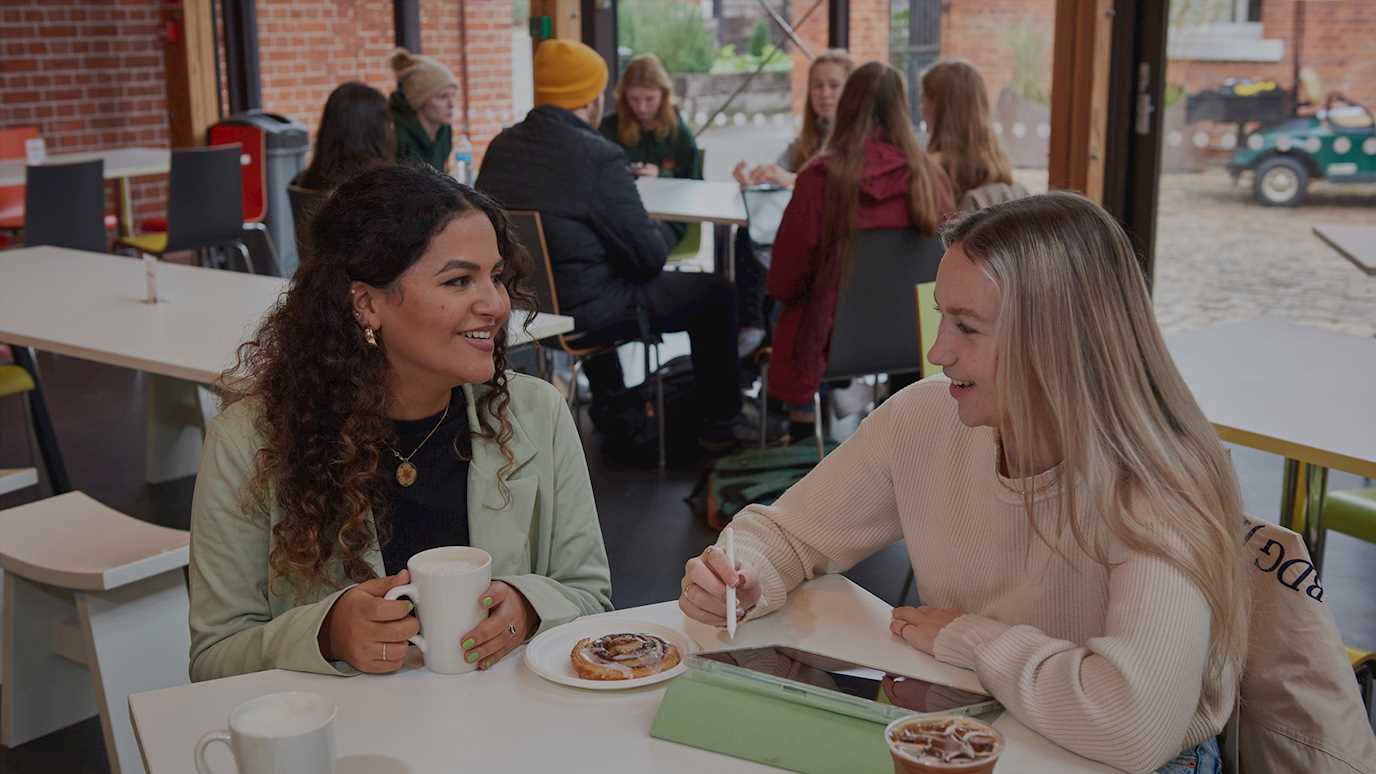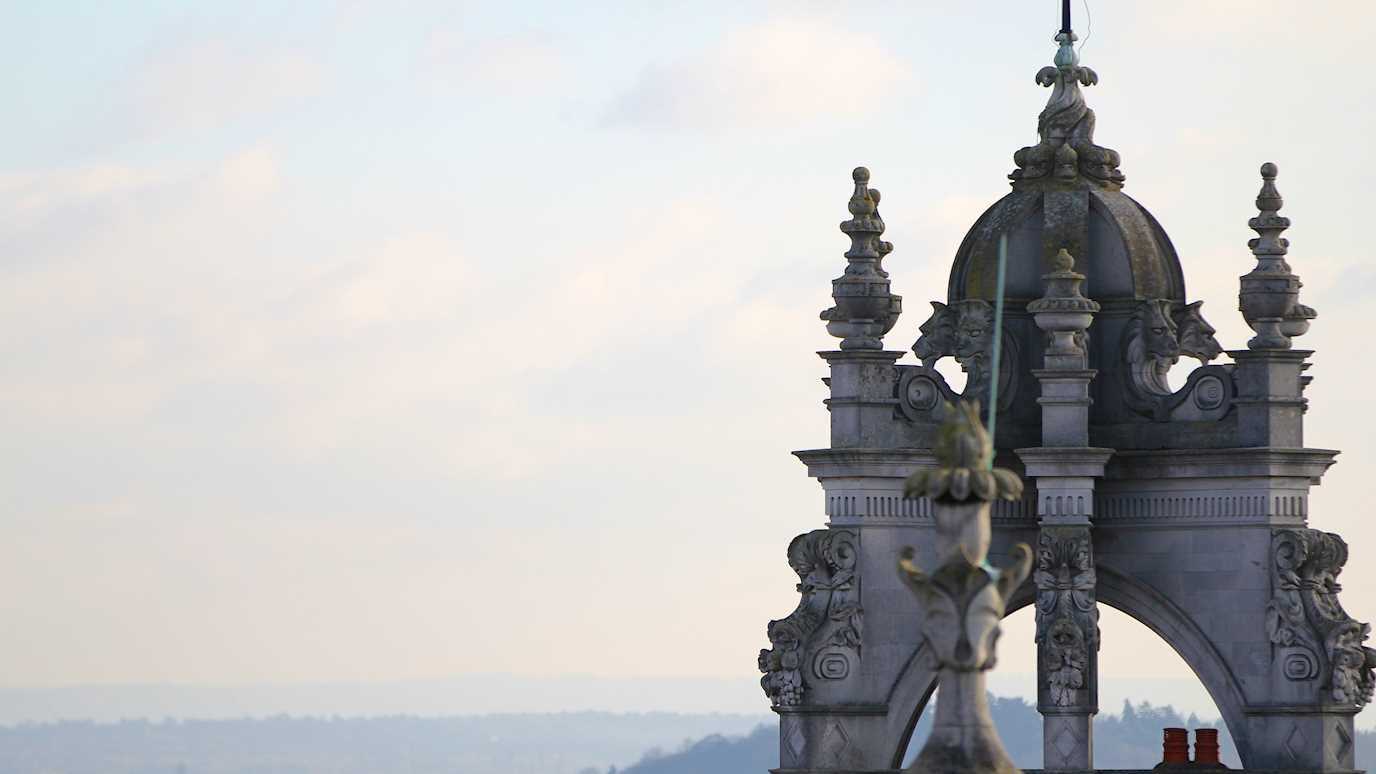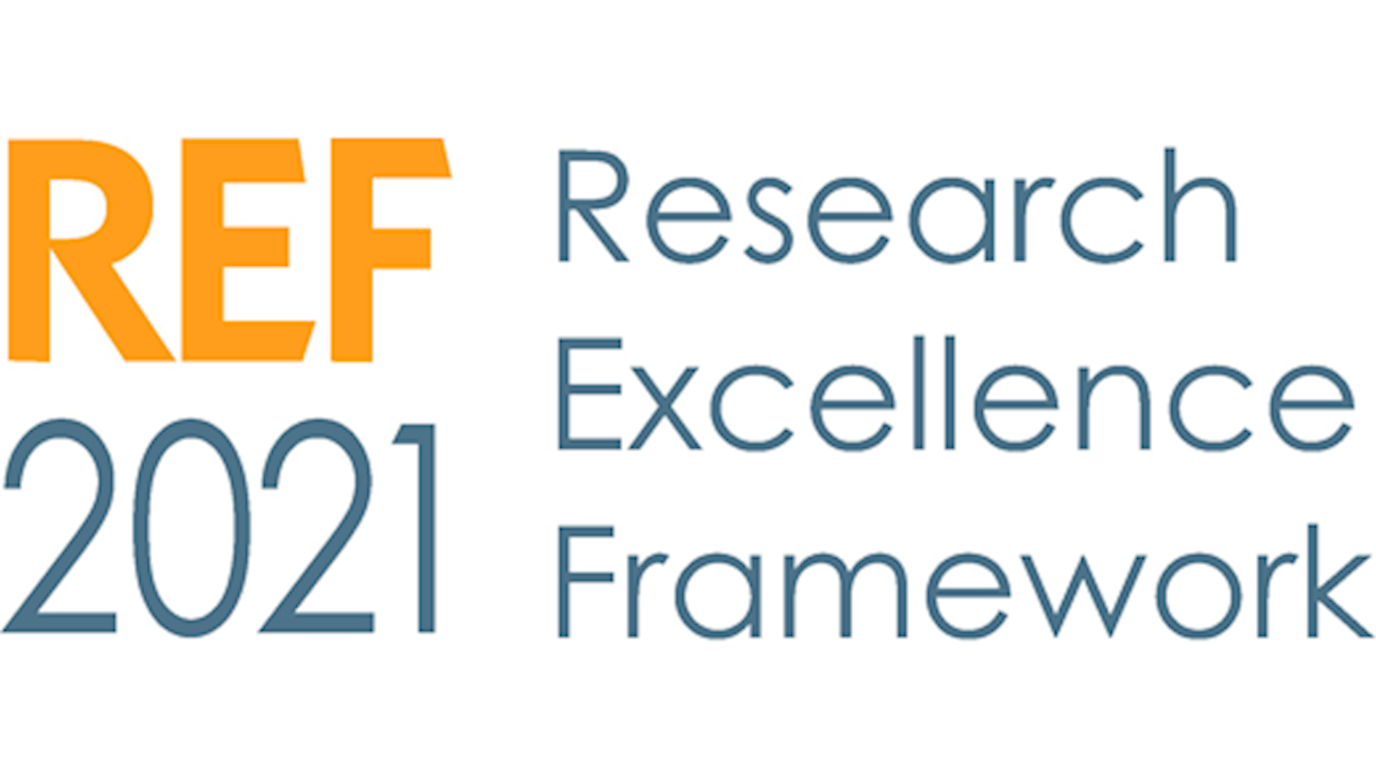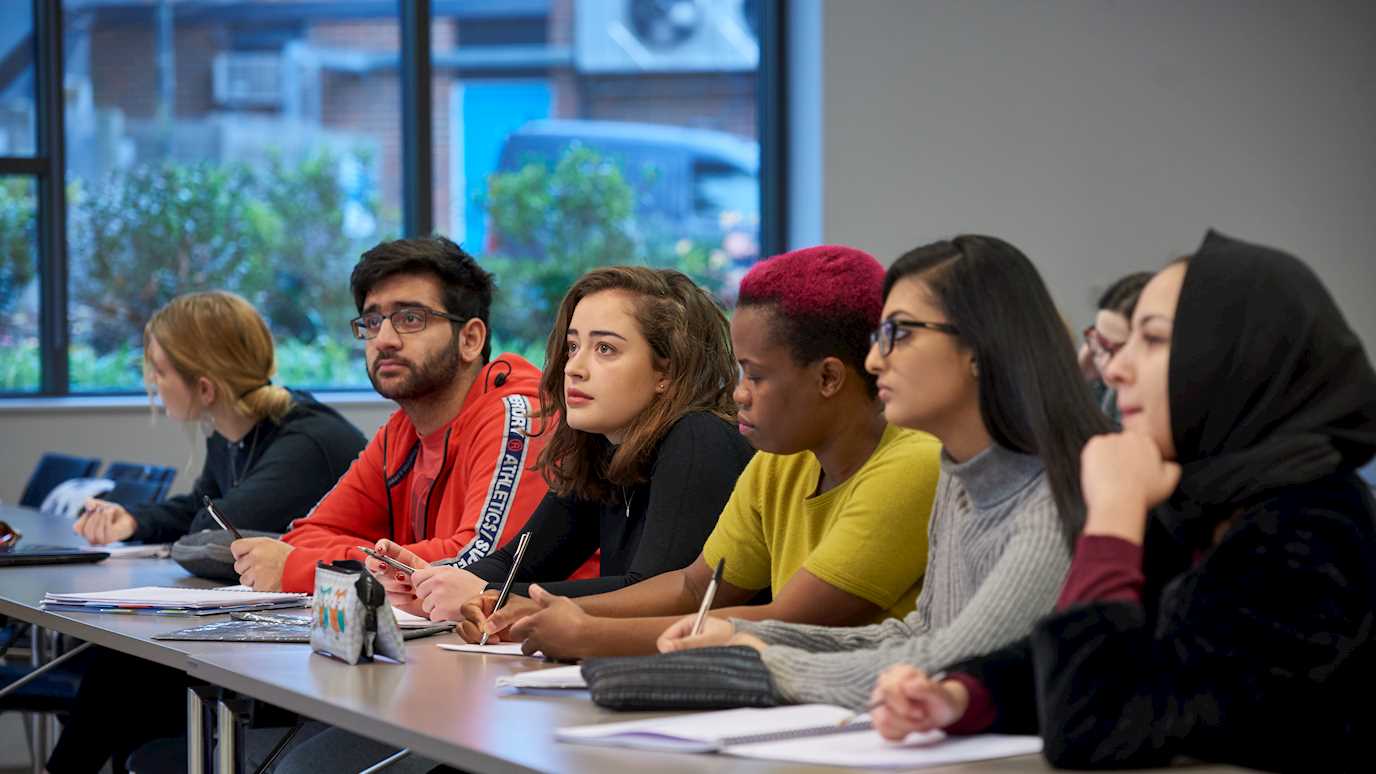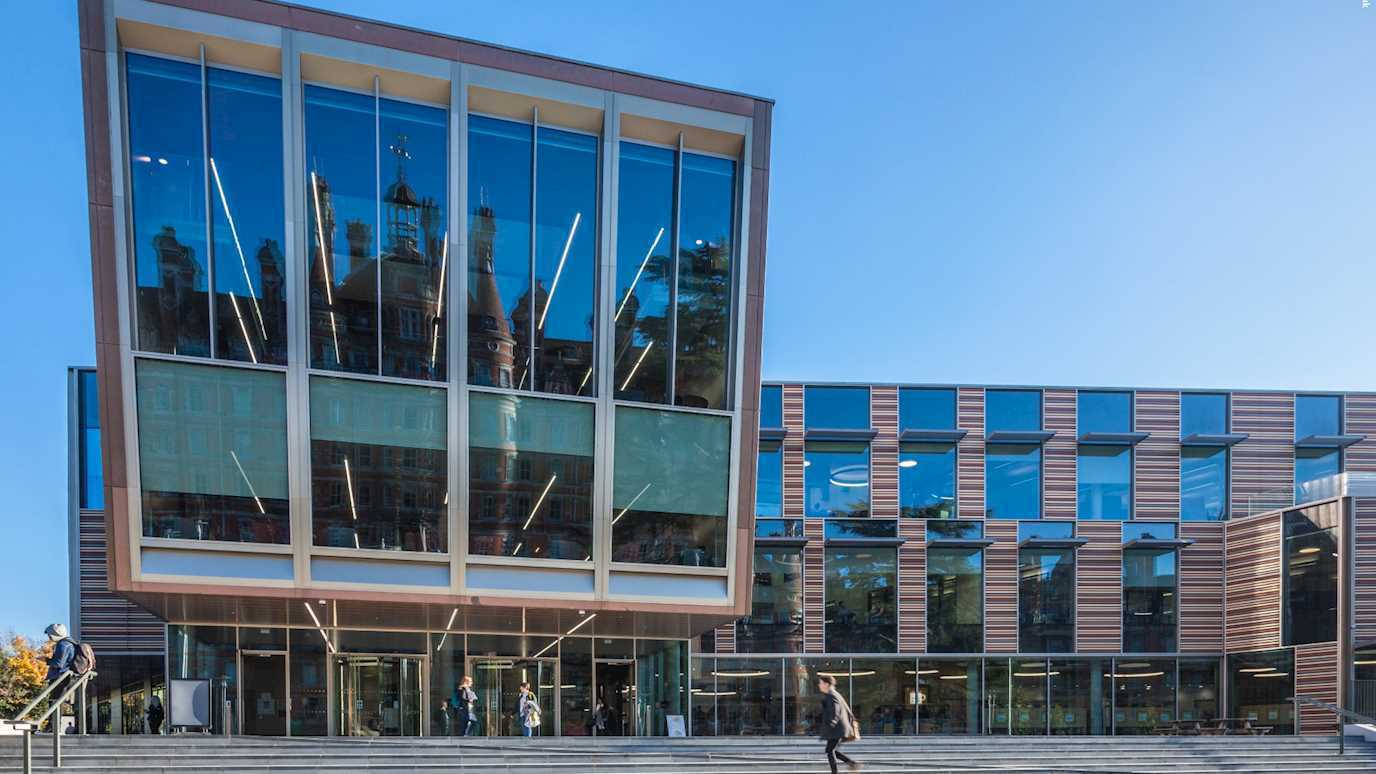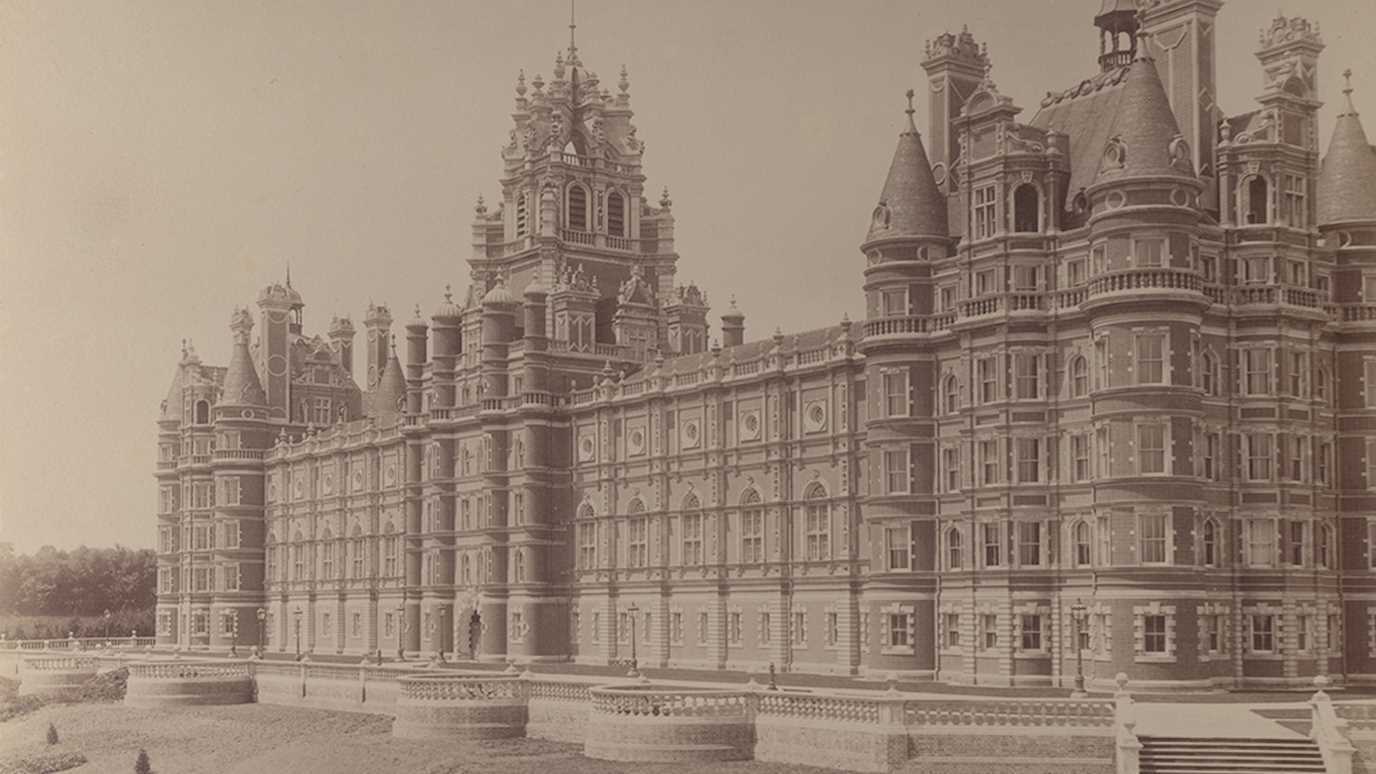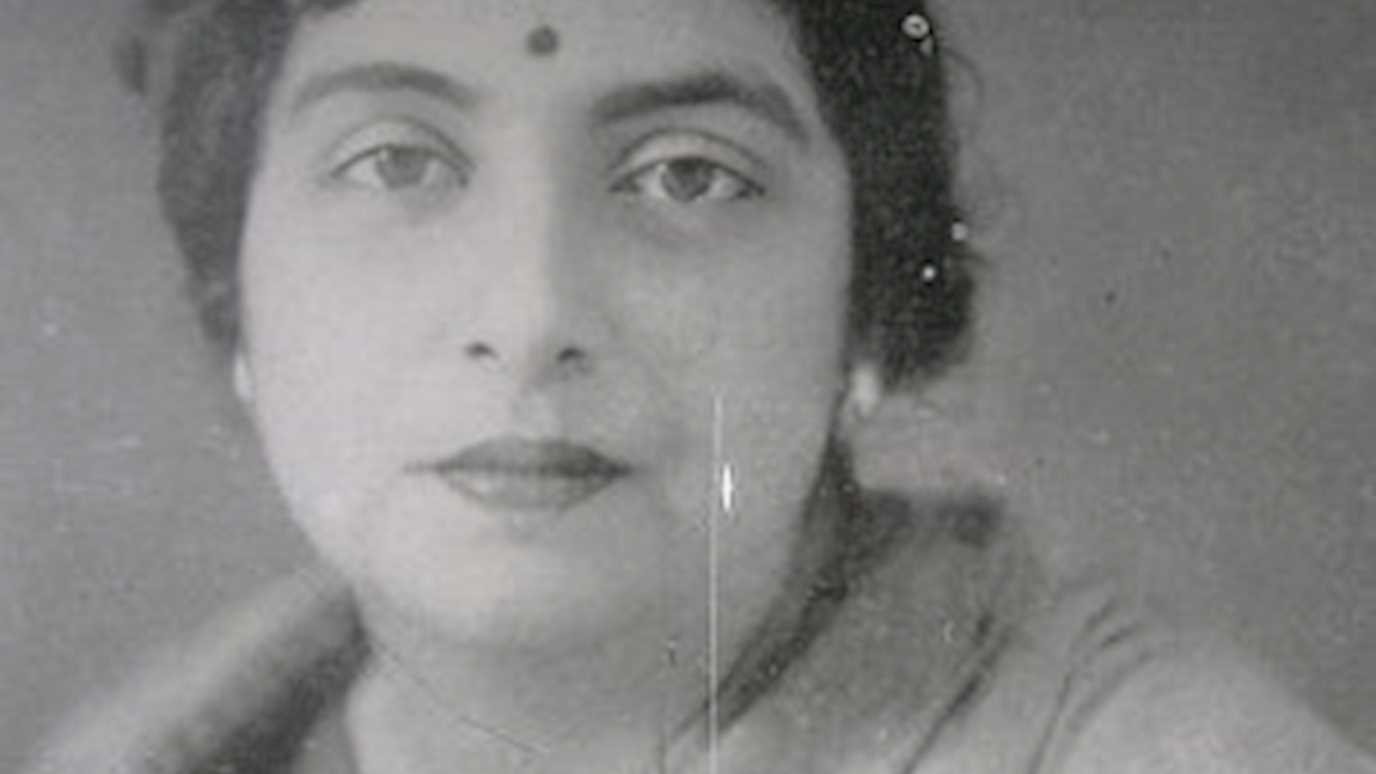Traditional wedding proposals, especially between heterosexual couples, are still seen as a man’s job, even as other societal gender norms relating to marriage evolve.
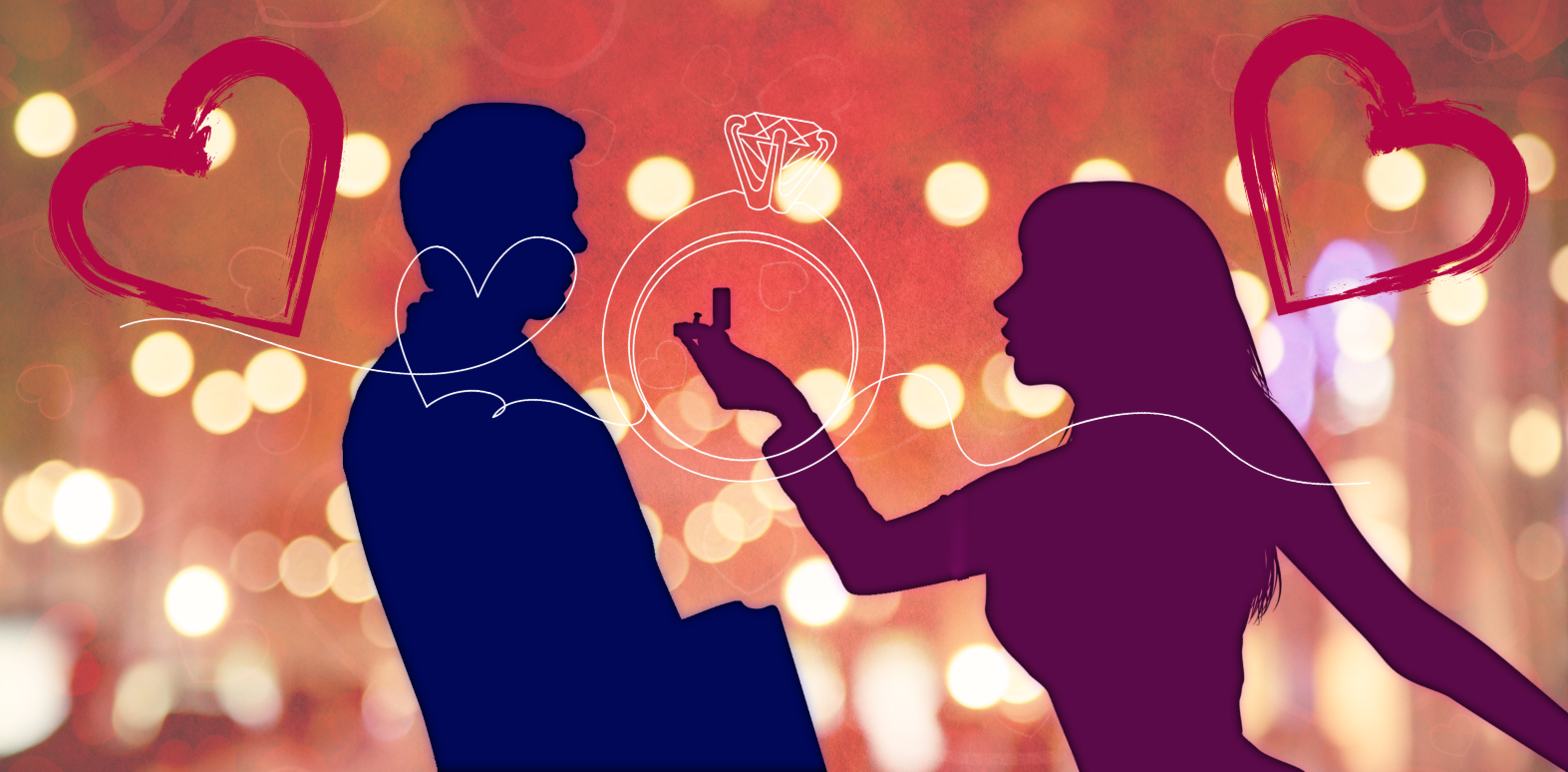
Dr. Vera Hoelscher, Lecturer in the Department of Marketing at Royal Holloway, University of London, has co-authored an article on The Conversation with Daniela Pirani, Marketing Lecturer at the University of Liverpool, and Ratna Khanijou, Lecturer in Marketing at Goldsmiths, University of London. The article explores their research on gender equality in marriage proposals.
The act of proposing marriage remains deeply rooted in tradition, with societal expectations often expecting the proposal to come from the man in a heterosexual relationship. Despite this, an increasing number of women are choosing to take the initiative, leading to a variety of reactions. In their study, the researchers identified common responses, including criticism for defying convention, accusations of emasculating their partners, and claims of spoiling the "magic" of the proposal.
Drawing on the experience of women who did choose to propose marriage, as well as exploring online and social media discussions, the study discovered that many women approached the occasion creatively, using unconventional gestures, like personalised gifts or playful props. Additionally, it also found that online communities have become an important source of support and inspiration, helping women navigate to challenge this traditional norm.
However, the research also highlighted a "double bind" faced by women who propose. While socialised to value marriage, they are often judged for taking the lead in the proposal. This reflects the persistence of traditional gender roles, even as some women seek to challenge them in pursuit of greater equality.
The full article is available here.

